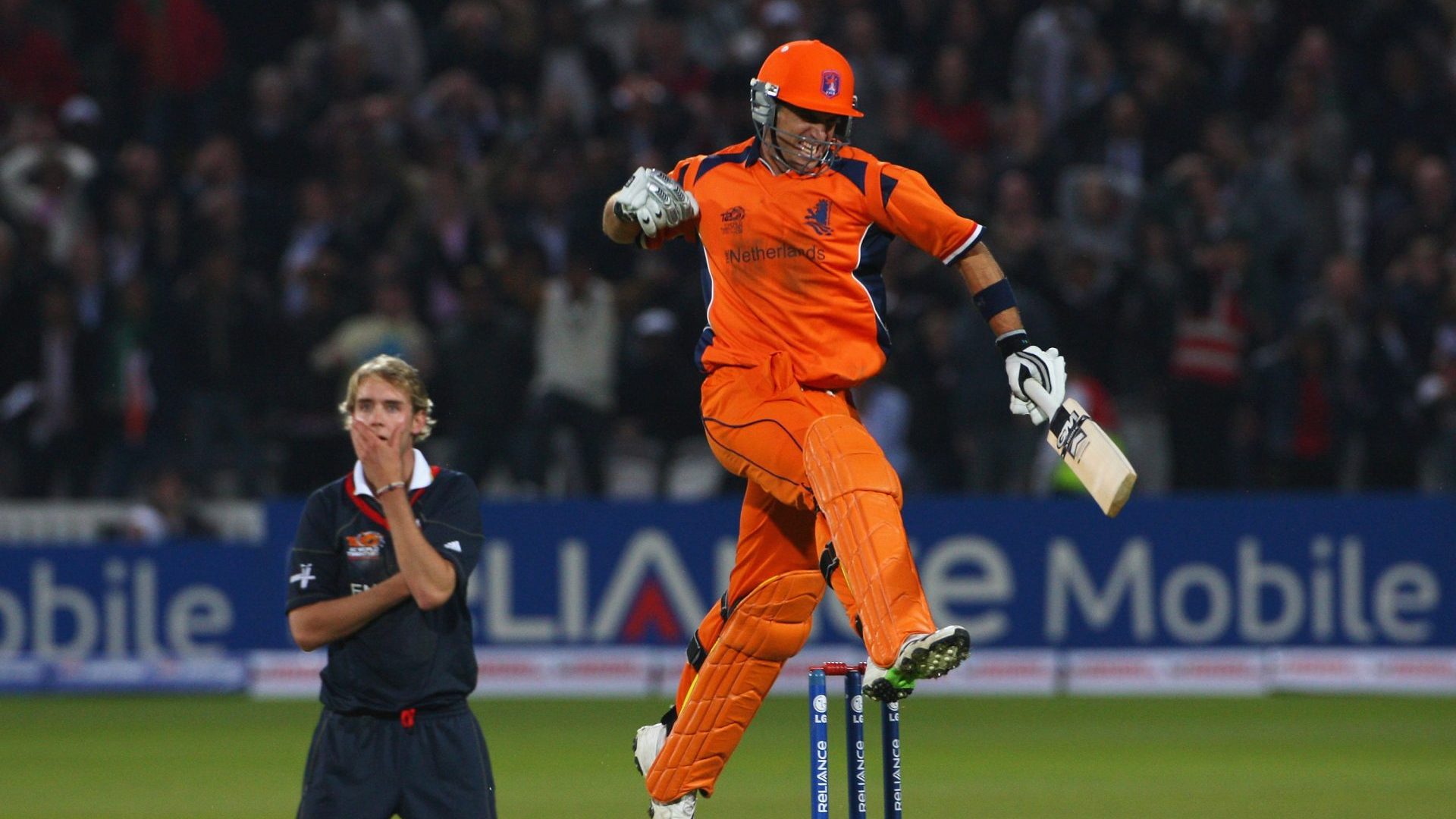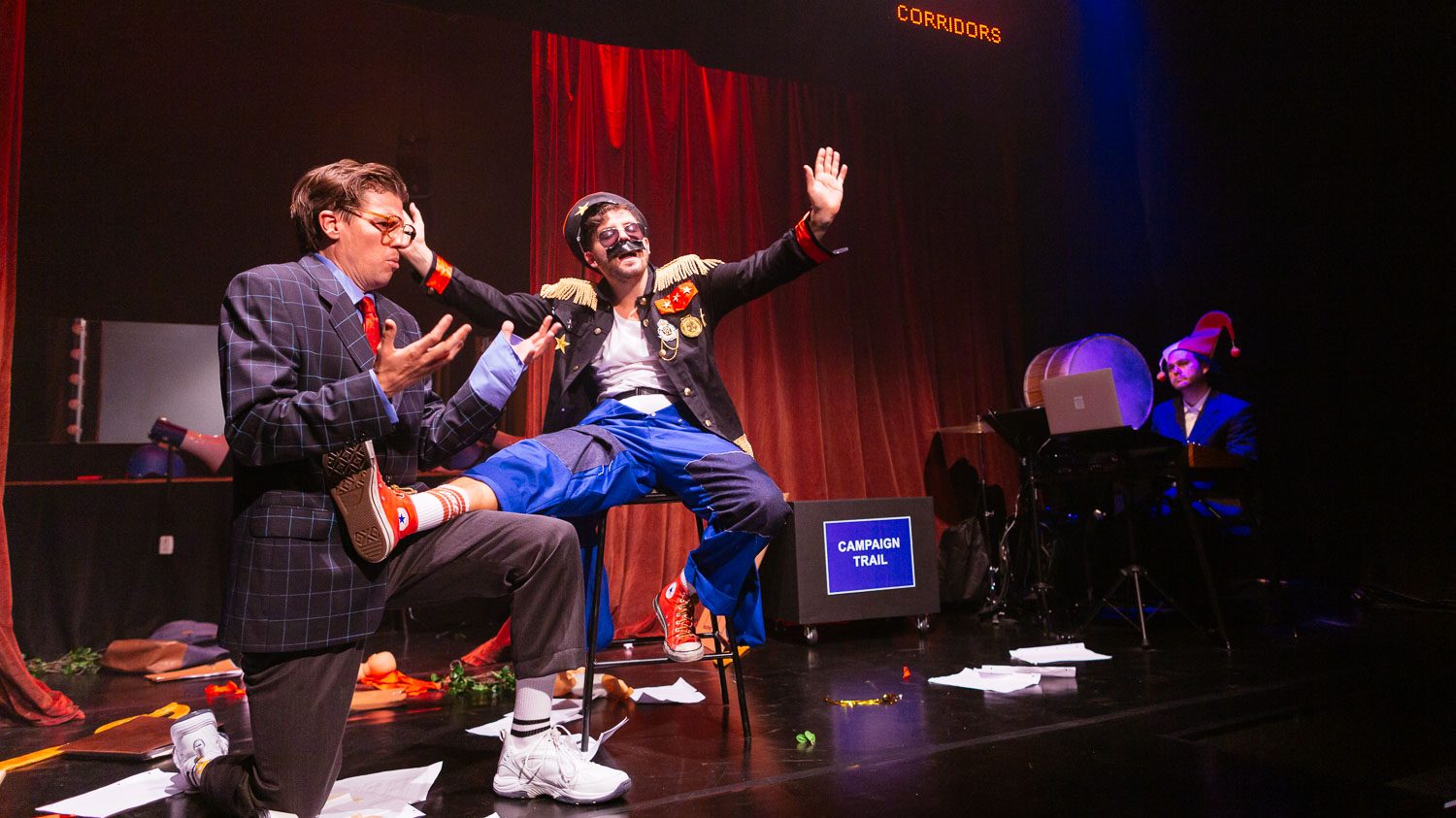Stuart Broad scooped up the ball, turned and threw it at the stumps. He missed, the Netherlands scampered two runs off the final ball of the match
and England succumbed to the most ignominious defeat in its cricketing
history at Lord’s, the home of cricket.
Until that June afternoon in 2009, most people in England probably had no idea the Dutch even played cricket, but in their first appearance at a Twenty20 World Cup they beat the nation that invented the game. And they would do the same again in 2014.
Although there are only around 6,000 players in the Netherlands – as opposed to approximately 300,000 in England and Wales – cricket has been
played there since the early 19th century. And they are not – by a long
chalk – alone on mainland Europe. Outside the continent’s only two established Test match-playing countries, England and Ireland, cricket is played from Belgium to Bulgaria, Germany to Greece and Sweden to Switzerland. At the last count there were 34, with newcomers Hungary and Serbia making Europe the continent with the highest number of participating nations.
Yet in the opinion of most mainland Europeans – and plenty of people in
Britain, too – cricket is an incomprehensible game played by aristocratic men in off-white trousers who take breaks for tea and cake. Either that, or it’s a game played exclusively by former countries of the British empire in which the imperialists can no longer beat their former subjects – payback for decades of colonialism.
Michael Jensen watches cricket in Denmark. He was introduced to it by a
neighbour who grew up in India. “He showed me it on YouTube. Then he
showed me the rulebook. It seemed incomprehensible. I couldn’t even work
out if the guy throwing the ball was on the same team as the guy hitting it. But he took me to the local field where his friends from back home met to play and I loved it. Now I follow Denmark’s national team everywhere.”
Denmark were awarded associate membership of the International Cricket Council (ICC) as long ago as 1966. There they joined Scotland (the only other European team to have competed in a Twenty20 World Cup finals) and nations as diverse as Croatia, Cyprus and the Czech Republic. Denmark now has 36 clubs.
But the rise in popularity of cricket in Denmark has nothing on Germany. Again, it is driven by the arrival of people from India, Pakistan, Bangladesh, Sri Lanka and Afghanistan, coupled with the dedication of organisers who had, until recently, felt they were swimming against a tide of local indifference. “Like everywhere in mainland Europe we have traditionally struggled to find fields big enough and pitches flat enough,” says Volker Muller, who plays club cricket in Berlin. “Player numbers were a constant
problem – we often played seven-a-side. But with so many immigrants from the Indian subcontinent we are seeing a revival in fortunes.”
Some of the new players are doctors, engineers and IT professionals, others
are taxi drivers, waiters and builders. And in just two decades Germany has
gone from a handful of clubs to almost 400 – around 10,000 players. Its women’s team has entered the world’s top 25, while its men’s team reached the final qualifying stage for this year’s Twenty20 World Cup before failing to win a match in the pre-tournament group.
“People might complain about immigration,” says Reuben Haupt, who plays in Hamburg, “but it’s been great for German cricket.” The government has even awarded grants to clubs because it realises engaging with immigrant and refugee communities helps integration.
Matches are livestreamed to audiences that run to millions but here, perhaps, lies European cricket’s conundrum. “Most of the viewers are
in India, and many just want to gamble on the outcome,” says Muller. “It
provides some revenue for us but what we want to see is your average German sports fan who usually watches football, handball or Formula 1 tuning in. That hasn’t happened yet.”
This livestreaming has given rise to betting scandals, too. During the pandemic, Europe’s fledgling cricket nations hosted some of the only sport
being played anywhere in the world, and a 20-second lag between what was
happening on the field and what was shown on screens in India allowed
spotters armed with mobile phones and often hiding in bushes or cars to
report back to India, enabling punters to bet on a known outcome.
In Turkey, match-riggers attempted to create an entire tournament where
the outcome of every game was known in advance. They were rumbled, but
investigations into illegal betting and match-fixing are still ongoing in Germany, Finland, Cyprus and Austria.
Despite these problems, the growth in Germany is being repeated to a greater or lesser extent throughout Europe. Even France, which mostly saw immigration from North Africa in its post-colonial era, has a thriving league. Players from the Indian subcontinent there and elsewhere have established the sport as the fastest growing in Europe. “India is an economic powerhouse with a huge population,” says Aryan Patel, who plays cricket in Paris. “Its diaspora are spread all over the world and are taking their favourite game with them.”
And while many European nations had cricket associations before the arrival of Asian migrants and had played matches against each other for many years, the revolution arrived in 2019 in the form of the European
Cricket League (ECL), the first professional club league on mainland Europe. The rise of shorter formats like Twenty20, where games can be played in an evening, has made the game more accessible to players, spectators and TV and, crucially, made matches easier to organise.
Eight nations, including the likes of Russia and Romania, sent their champion club to the inaugural 10-over tournament in La Manga, Spain – home to continental Europe’s only certified cricket performance centre in 2019, and after Covid banjaxed the 2020 and 2021 tournaments, Spain’s Pak I Care Badalona won a significantly expanded 30-club tournament last month. More than 140 million viewers are thought to have logged on.
Romanian bowler Pavel Florin had a good reason to miss this year’s event – he was helping refugees on the border with Ukraine – after winning cult hero status in 2019 with his unorthodox and slightly wayward action. “At first he was mocked by a few arrogant types on social media,” says Daniel Weston, founder of the ECL, “but instead he became a hero for what the ECL is trying to achieve.” He was hailed by The Cricketer for turning it “from a
laughing stock to a cherished commodity in the space of three days.”
Moves are now afoot to take cricket to the Olympics for the first time since
Paris in 1900, which would unlock funding from governments. “It would
hugely help us, and other nations, if cricket was an Olympic sport,” says
Jensen, the Danish fan.
After resistance from England and India, a push is being made to showcase cricket as a demonstration sport at the 2032 Brisbane Games. The ICC is on board and for once it seems the sport has a singular goal.
And that would create more moments like the ones in Almería that put Germany through to the last stage of World Cup qualifying. “It was incredible,” says Muller. “I’ve played this game for a long time on fields that
were never meant for cricket, in front of 10 spectators – half of whom didn’t
know what they were watching. If next time somehow we made the finals,
then people would suddenly want to know a hell of a lot more about the
posh game from England. Especially if we could beat the English.”




